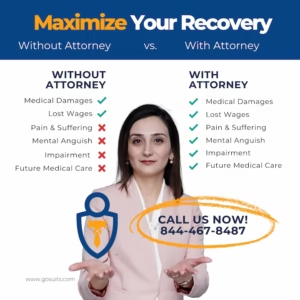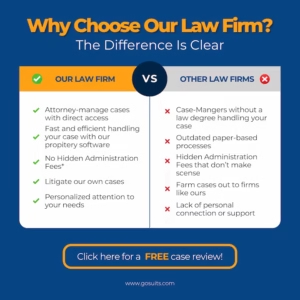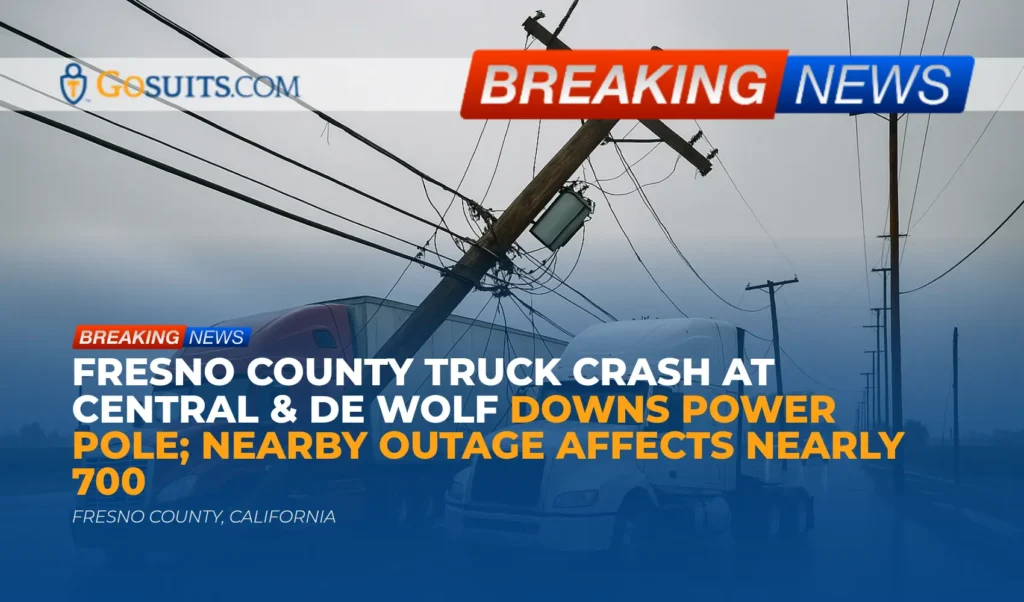A car accident at the intersection of McCord and Pleasant Street in Centralia, Illinois, resulted in injuries to four individuals on Monday morning. According to Centralia Police, a car traveling northbound on Pleasant Street, driven by a 19-year-old, apparently ran a red light and collided with a pickup truck traveling westbound on McCord Street.
The impact of the collision caused the pickup truck to strike a traffic signal, resulting in damage to the signal. The driver of the pickup truck, a 65-year-old, and his 63-year-old wife, were both transported to SSM Health St. Mary’s Hospital via Lifestar Ambulance. The 19-year-old driver of the car and his 20-year-old passenger were taken to the same hospital via private vehicle.
The 19-year-old driver was ticketed for disobeying a traffic control device. The crash occurred at 11:45 Monday morning. This incident highlights the serious consequences that can arise from traffic violations and underscores the importance of understanding your rights and legal options if you are injured in a car accident.
Red Light Accidents and Negligence
Running a red light is a common cause of car accidents, and it often results in severe injuries due to the high speeds and direct impact involved. In this case, the police report indicates that the 19-year-old driver was ticketed for disobeying a traffic control device, suggesting that he may have been at fault for the collision.
In personal injury law, running a red light is considered a form of negligence. Negligence occurs when a person fails to exercise the level of care that a reasonably prudent person would have exercised under similar circumstances. In the context of driving, this means obeying traffic laws, maintaining a safe speed, and paying attention to the road.
When a driver runs a red light and causes an accident, they may be held liable for the resulting damages. This means that the injured parties may be able to pursue a claim against the at-fault driver to recover compensation for their losses.
Establishing Fault and Liability in a Car Accident
To successfully pursue a personal injury claim after a car accident, it is essential to establish fault and liability. This involves gathering evidence to demonstrate that the other driver’s negligence caused the accident and the resulting injuries.
Several types of evidence can be used to establish fault in a car accident case, including:
- Police Reports: The police report is an official document that provides a summary of the accident, including the date, time, location, and a description of what occurred. It may also include the investigating officer’s opinion as to the cause of the accident and any traffic violations that were committed.
- Witness Statements: Witness statements can provide valuable insights into the events leading up to the accident. Independent witnesses who observed the collision can offer an objective account of what happened.
- Traffic Camera Footage: Many intersections are equipped with traffic cameras that record video footage. This footage can be used to reconstruct the accident and determine who was at fault.
- Accident Reconstruction: In complex cases, an accident reconstruction may be necessary. Accident reconstruction use scientific and engineering principles to analyze the evidence and determine how the accident occurred.
- Medical Records: Medical records document the injuries sustained in the accident and the treatment received. These records are crucial for establishing the extent of the damages.
In this case, the fact that the 19-year-old driver received a ticket for disobeying a traffic control device is strong evidence of negligence. However, it is still essential to gather all available evidence to build a strong case.
Common Injuries in Car Accidents
Car accidents can result in a wide range of injuries, from minor cuts and bruises to severe and life-threatening conditions. Some of the most common injuries in car accidents include:
- Whiplash: Whiplash is a neck injury that occurs when the head is suddenly jerked back and forth. It can cause pain, stiffness, and limited range of motion in the neck.
- Concussions: A concussion is a traumatic brain injury that occurs when the brain is shaken inside the skull. Concussions can cause a variety of symptoms, including headaches, dizziness, confusion, and memory loss.
- Fractures: Broken bones are common in car accidents, particularly fractures of the arms, legs, ribs, and collarbone.
- Spinal Cord Injuries: Spinal cord injuries can result in paralysis or other neurological impairments.
- Internal Injuries: Internal injuries, such as bleeding and organ damage, can be life-threatening and require immediate medical attention.
- Soft Tissue Injuries: Soft tissue injuries, such as sprains and strains, affect the muscles, ligaments, and tendons. These injuries can cause pain, swelling, and limited range of motion.
The extent of the injuries sustained in a car accident can vary depending on the severity of the collision, the speed of the vehicles involved, and the use of safety devices such as seatbelts and airbags.

Damages in a Car Accident Claim
If you are injured in a car accident due to the negligence of another driver, you may be entitled to recover compensation for your damages. Damages are the monetary losses that you have incurred as a result of the accident.
Common types of damages in a car accident claim include:
- Medical Expenses: Medical expenses include the costs of treatment, such as doctor visits, hospital stays, physical therapy, and medications.
- Lost Wages: If you are unable to work due to your injuries, you may be entitled to recover lost wages.
- Property Damage: Property damage includes the cost of repairing or replacing your vehicle.
- Pain and Suffering: Pain and suffering damages compensate you for the physical pain and emotional distress you have experienced as a result of the accident.
- Loss of Enjoyment of Life: If your injuries have significantly impacted your ability to enjoy life, you may be entitled to compensation for loss of enjoyment of life.
The amount of damages you may be able to recover will depend on the specific facts of your case, including the severity of your injuries, the extent of your financial losses, and the available insurance coverage.
The Importance of Seeking Legal Guidance
Navigating the legal process after a car accident can be complex and challenging. Insurance companies may try to minimize your claim or deny it altogether. It is crucial to have a seasoned attorney advocate on your behalf to protect your rights and seek the full compensation you deserve.
A skilled personal injury attorney can:
- Investigate the accident and gather evidence
- Determine the full extent of your damages
- Negotiate with the insurance company
- File a lawsuit, if necessary
- Represent you in court

Commentary from Gosuits Centralia, Illinois Personal Injury Attorney
This collision at McCord and Pleasant Street serves as a reminder of the importance of safe driving practices and the potential consequences of running a red light. At Gosuits, we understand the challenges individuals face after a car accident, and we are dedicated to helping our clients navigate the legal process. If you or a loved one has been injured in a car accident due to someone else’s negligence, it is crucial to seek legal guidance to understand your rights and options.






